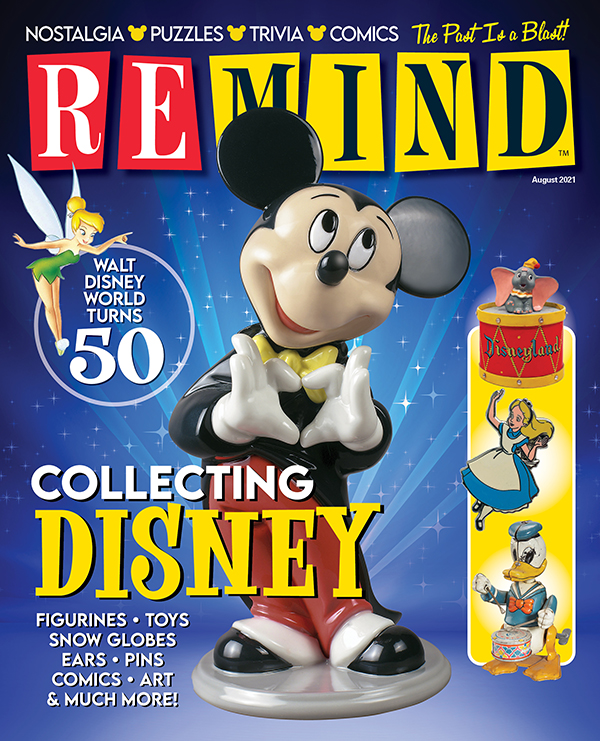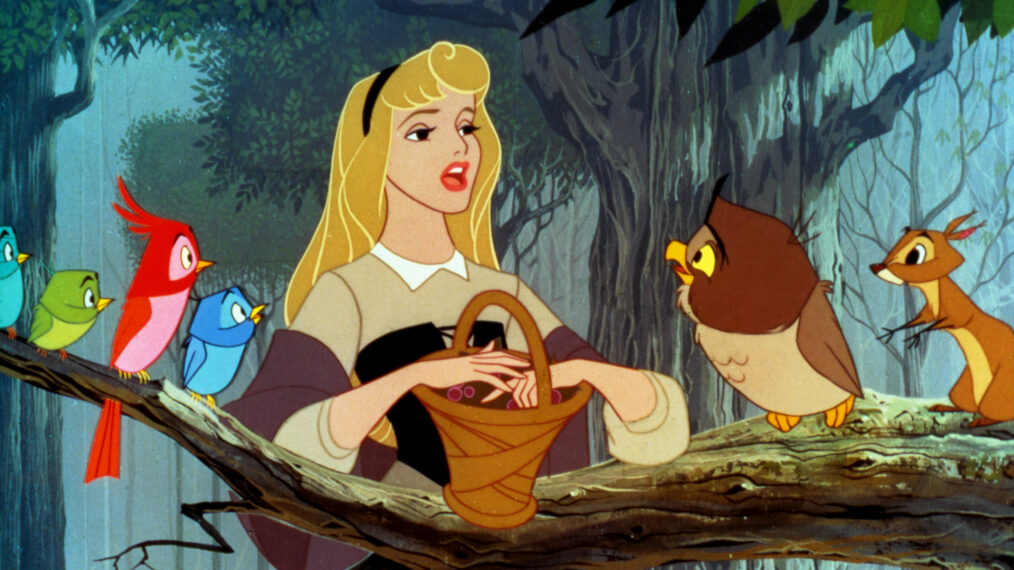Disney’s ‘Cinderella’ Turns 75 — Do You Know the Original Stories That Inspired It?

Cinderella, which premiered on Feb. 15, 1950, is one of the oldest and most beloved Disney princess stories. But did you know that this story is actually much, much older than that? In fact, it was first written about in ancient Greece, and has been told again and again, throughout history and around the world.

Courtesy of Everett
Ancient Greece
The first references to the tale of a rags-to-riches beauty with a lost shoe can be traced back to sixth-century Greece, in Rhodopis, a story about a Greek slave girl who marries the king of Egypt. This tale was originally recorded by the Greek geographer Strabo, and in his book Geographica, written sometime between 7 BC and 24 AD, he writes of a story about an eagle who steals the sandal of a woman who is bathing and drops it on the lap of a king. The king is so enamored by this shoe he sends all of his countrymen to find the owner, and then marries the woman who it belongs to.
12th Century France
In the 12th century La Fresne (lai), “The Ash-Tree Girl,” a wealthy French noblewoman abandons one of her infant twin daughters to a nunnery because she fears she will be accused of infidelity, which was a common belief at the time about women who had twins (how bizarre!). The twin, who is raised by nuns, later falls in love with a nobleman who is betrothed to another woman, who is also noble. Since she is an orphan with no status, her love is doubly doomed.
The Ash Tree girl, perhaps to torture herself, goes to her beloved’s wedding only to find that he is marrying her twin sister — a twin she never knew she had. In a lucky twist of fate, her mother — she is still alive in this version — explains that the girl is also a noble woman and can indeed marry the prince. This wedding is canceled, and the Ash Tree girl gets her man. Her twin is sent off to marry a different man.
9th Century China
In another version from 850 AD, Cinderella is a Chinese woman named Ye Xian. In a community of cave dwellers named Wudong, there is a tribal leader with two daughters by different wives. Ye Xian, whose mother died in childbirth, is one of the daughters. She is beautiful and kind, while her half-sister Jun-li is plain and cruel. Jun-li’s mother, Jin, her father’s second wife, is bitter and jealous of the attention her husband pays Ye Xian. Since he has no son to take his place, when he dies from the plague, a new chieftain takes over and strips Ye Xian of her royal status.
Jun-li and Jin begin to abuse and treat the newly poverty-stricken Ye Xian like a servant. Her life turns into a series of chores and emotional mistreatment, and she is very unhappy, until she meets and befriends a large fish, who is actually her mother in the guise of a guardian spirit — sort of like Disney’s fairy godmother. Of course, Jun-li cannot allow her half-sister any happiness, so when she discovers the friendship, she tells her mother, who then catches and cooks the fish for dinner.
Yeah, this version is dark.
Luckily, Ye Xian finds a way to bring the spirit back. When her sister and stepmother leave the house for a yearly festival for young women to meet potential husbands, her mother’s spirit brings forth a beautiful dress and a pair of golden slippers for her to wear. She walks to the festival on foot and has a great time, beloved by all. When she thinks her sister recognizes her, she runs away, leaving behind one of her slippers.
Later, the golden slipper is found by a local peasant. Eventually it reaches a nearby king, who is fascinated by its small size. He issues a widespread search for the shoe’s owner. He cannot find her, however. Disappointed, he makes a great pavilion to display the shoe. Ye Xian sees it one evening and tries to take back the shoe, but is mistaken for a thief and brought before the king. She explains to him what happened. Soon he falls in love and marries her. Ye Xian’s half-sister becomes her mother’s servant in her stead, which she does not take well, until the two of them argue so violently their home caves in on them both.
Because of this very deserved ending, this Chinese fairy tale is an especially satisfying version of Cinderella.
Charles Perrault & the Brothers Grimm
Many more iterations like this proliferate after 850 AD, from all over the world, but the most relevant version of Cinderella, the one which the cartoon seems to have mainly been based on, seems to be the 1697 French version by Charles Perrault.
Here, the pumpkin and glass slippers are first introduced, as well as the nickname Cinderella, since in Perrault’s tale she spends much of her time trying to warm up by the fireplace and therefore is often covered in cinders. This version also has a fairy godmother and two evil stepsisters, as well as a ball from which Cinderella must return from by midnight. The plot emerges almost identically to the one in Disney’s version.

Walt Disney/ Courtesy: Everett Collection.
Then there’s the twisted version by the Brothers Grimm — who are responsible for so many of Disney’s cartoons, such as Snow White, Sleeping Beauty and Tangled — and came out with their own, dark, spiritual version of Cinderella in the 1800s. In their tale, Cinderella’s father does not die, which makes her situation even more disturbing, and the stepsisters mutilate their feet (at the behest of their mother) in order to try and fit into the slippers. Cinderella’s fairy godmother is a bird who drops things for her at her mother’s grave, and her stepsisters are eventually blinded by birds as a punishment for their wickedness.

Walt Disney/Courtesy: Everett Collection.
The bird imagery is interesting as a contrast to Ye Xian’s fish. Both birds and fish can be used to symbolize freedom, in a way, if neither are living in captivity, like Cinderella is. Interestingly, there’s a nod to both in the wonderful 1998 film adaptation Ever After: A Cinderella Story, starring Drew Barrymore, who explains to Leonardo Da Vinci of her doomed love for a prince, “A bird can love a fish, but where would they live?” (To which he responds, because he is Leonardo Da Vinci, “Then I shall have to make you wings.”)

20th Century Fox Film Corp./EVerett Collection
The beauty of these classic Disney films is that many have their roots in very old fairy tales and fables that the writers drew from, so there is actually much more going on in these stories than first meets the eye. There is also a very interesting back story on evil stepmothers and why they’re always evil — another thing you can thank the Brothers Grimm for — but I’ll save that for next time.

Collecting Disney
August 2021
Celebrate the magical world of Disney collectibles
Buy This Issue
